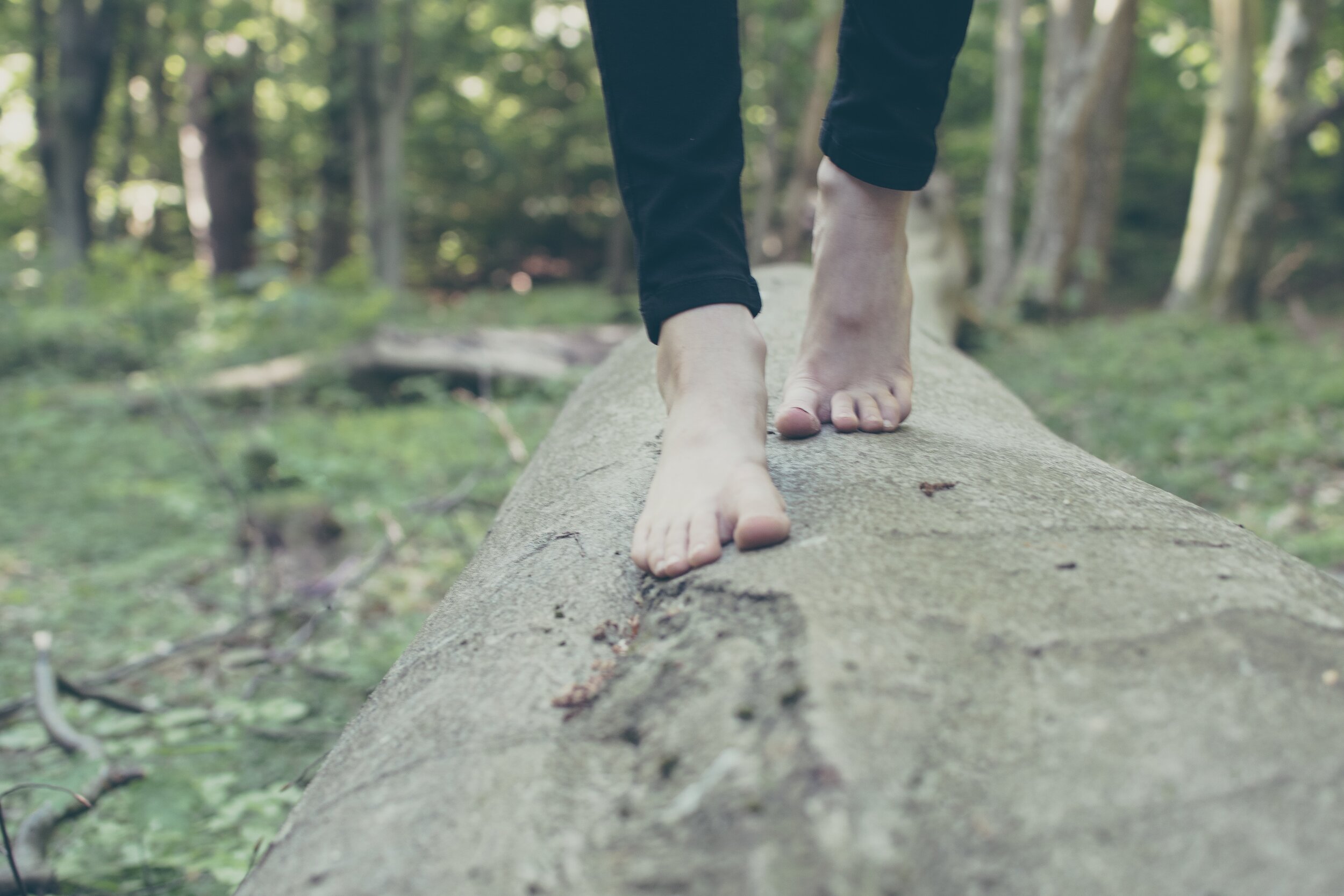Bunions
Bunions may be hereditary. They may also be related to narrow shoes, injury, or arthritis. Shoe pressure on the toe and bump will cause redness and pain. Remedies are designed to alleviate painful shoe pressure on the bump, and to keep the big toe straight (this helps to slow down the progression of the pathology. The most common treatment is conservative care. This involves proper footwear, strength, activity modification and sometimes the creation of a custom orthotic. When conservative care fails then procedures become and option. This is where the procedure described below can be an option for bunion sufferers.
Syndesmosis Bunionectomy
Physical Therapy Rehabilitation Following
Therapy Timeline Overview (Approximation)
First PT visit at 3 weeks post-operation
2x/week until for the next 2 weeks (until week 5 post-op)
1x/week for the following 1 month (until week 9 post-op)
2x/month for the following 2 months (until week 17 post-op)
Surgical Boot for 3 months (surgeon clearance)
Daily Step Limitations
The first three days: Bed rest, with trips to the bathroom only. To the bathroom, you can put full weight on your foot, but keep it flatfooted.
The rest of the first week: A maximum 500 steps per day
The second week: A maximum of 1000 steps per
dayThe third and fourth week: 2000 steps per day
The second month: 3000 gradually going up to 4000
The third month: 4000 gradually going up to 5000
After the third month: A maximum of 5000 steps per day + 1000 steps per week
The next week you can do a maximum of 6000 steps per day.
The next week you can do a maximum of 7000 steps per day.
The next week you can do a maximum of 8000 steps per day and so on…
After four months, you can consider running
*noteWorthy:
Steps per day counts steps from both feet
You can take less steps than suggested above
Always use forefoot cast, postop shoe or surgical boot until cleared by surgeon
Initial Rehabilitation Phase
(Approx. until week 5)
Goals: Decrease edema, Gait training with walking in cam boot, Improve ROM, Maintain hallux alignment,
Medical equipment: Cam boot, Toe wedge, Rigid/Dynamic Taping
Weight Bearing: WBAT while following step limitations
Exercises: Foot intrinsic, NWB strength training, gait training, Shuttle, BAPS board, Seated Balance board
Joint Mobilization/ROM: Hallux extension/flexion/abduction. 2nd MTP Flexion
Intermediate Rehabilitation Phase
(Approx. week 5- 9)
Goals: Decrease edema, Gait training without cam boot Gait training without cam boot, Continued focus on ROM for hallux alignment, hallux extension and preventing 2nd metatarsal migration into extension, Progress Balance
Medical equipment: Cam boot, Toe wedge, Rigid/Dynamic Taping
Weight Bearing: WBAT while following step limitations
Exercises: Foot intrinsic, NWB strength training, Gait training, Progression of balance and CKC exercises, Gluteal strengthening, Band walks, Squatting, Leg press
Joint Mobilization/ROM: Hallux extension/flexion/abduction. 2nd MTP Flexion
Final Rehabilitation Phase
(Approx. week 10+)
Goals: Prevent 2nd Metatarsal stress fracture. Progress to propulsive walking (12 weeks), Progress to heel raises with extreme care (14 weeks), Maintain 1st and 2nd digit alignment, Dynamic balance, CKC strengthening, Increased first ray WBing
Medical equipment: Rigid/Dynamic taping
Weight Bearing: Weight Bearing: WBAT while following step limitations
Exercises: Heel raises (double leg, then single leg eccentric, then concentric) Dynamic balance, CKC strengthening, Global LE strengthening, endurance training, early return to sport,
Joint Mobilization/ROM: Hallux extension/flexion/abduction. 2nd MTP Flexion
Protocol developed By: Dr. Ichikawa DPM and Jordan Bork DPT, CSCS, CFSC
Disclaimer: The timelines provided in this protocol are an approximation. Medical practioners should take clinical presentation, pain levels and tissue healing time lines into consideration when progressing activities.
References:
Bayar B, Erel S, Simsek IE, Sumer E, Bayar K. The effects of taping and foot exercises on patients with hallux valgus: a preliminary study. Turk J Med Sci. 2011;41(3):403-409.
Bunion: Strengthening foot muscles to reduce pain and improve mobility. J Orthop Sports Phys Ther 2016:46(7):606
Ichikawa D. The Syndesmosis Bunionectomy. www.Bellevuefoot.com/the-syndesmosis-bunionectomy
Authors:
Benjamin Wobker, PT, MSTP, CSCS
Jordan Bork DPT, CSCS, CFSC
Protocol developed By:
Dr. Ichikawa DPM
Jordan Bork DPT, CSCS, CFSC
Disclaimer:
This website is an information and education resource for health professionals and individuals with injuries. It is not intended to be a service for patients and should not be regarded as a source of medical or diagnostic determination, or used as a substitute for professional medical instruction or advice. Not all conditions and treatment modalities are described on this website. Any liability (in negligence or otherwise) arising from any third party acting, or refraining from acting, on any information contained on this website is hereby excluded.








